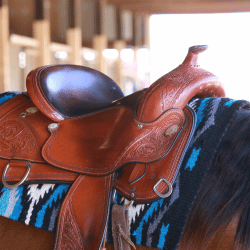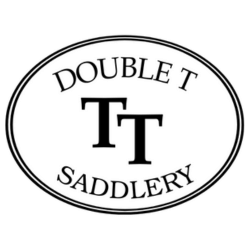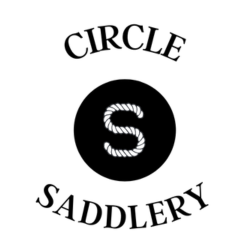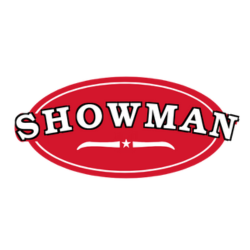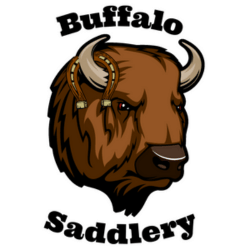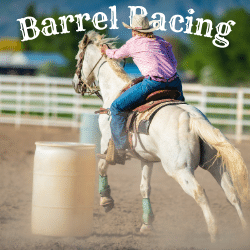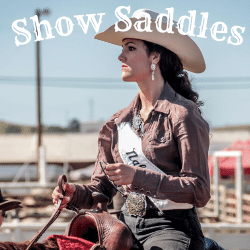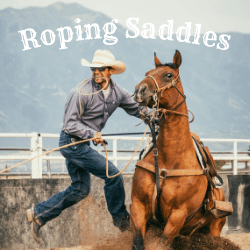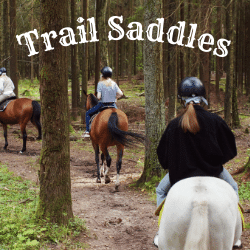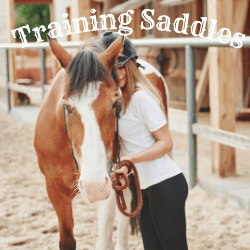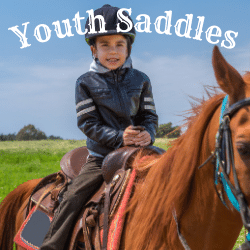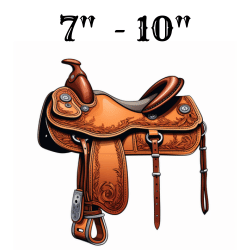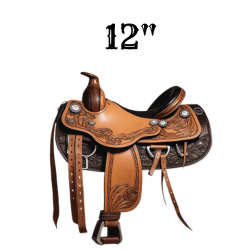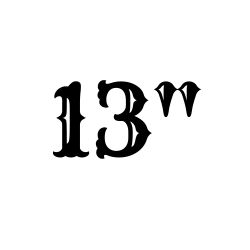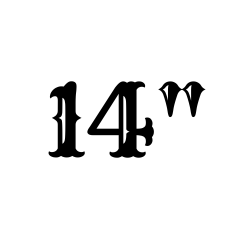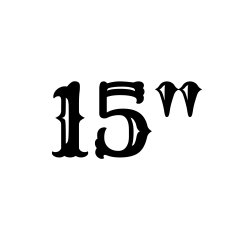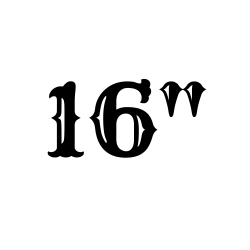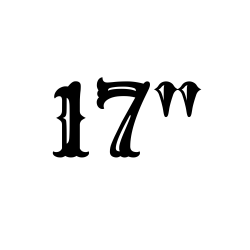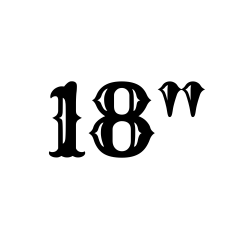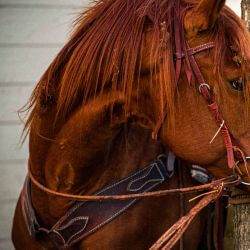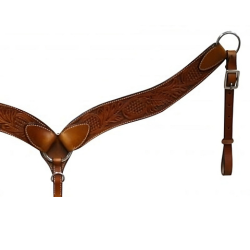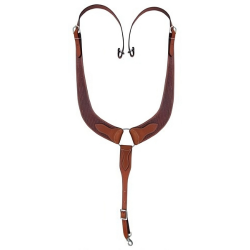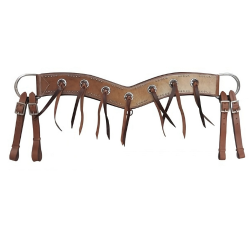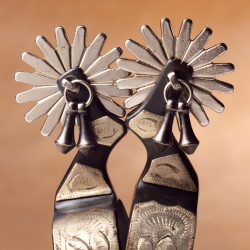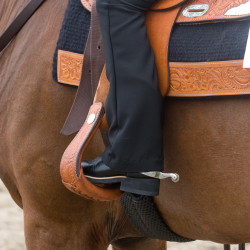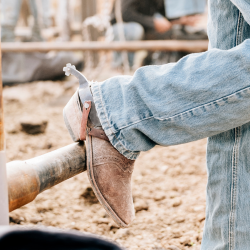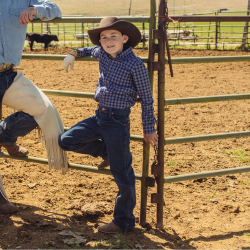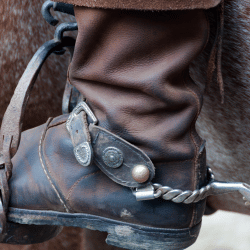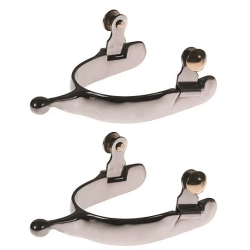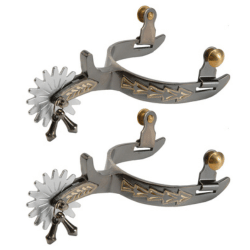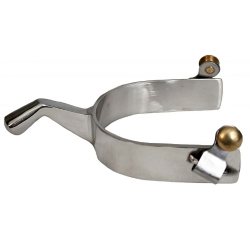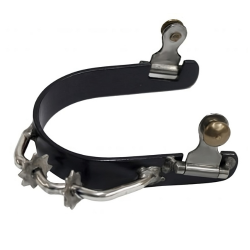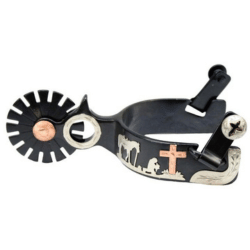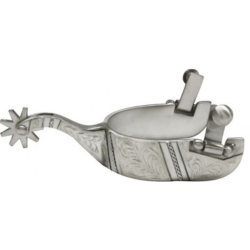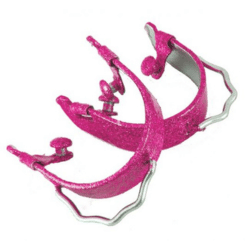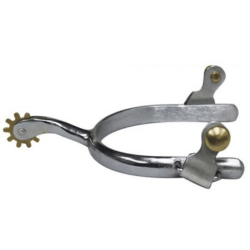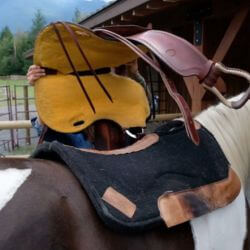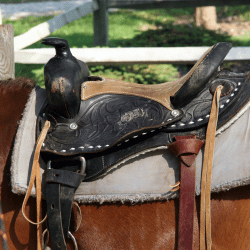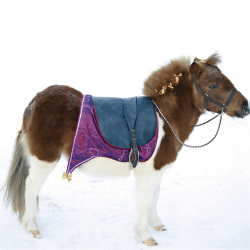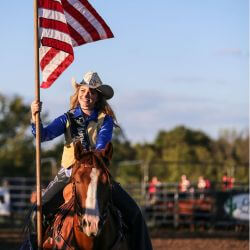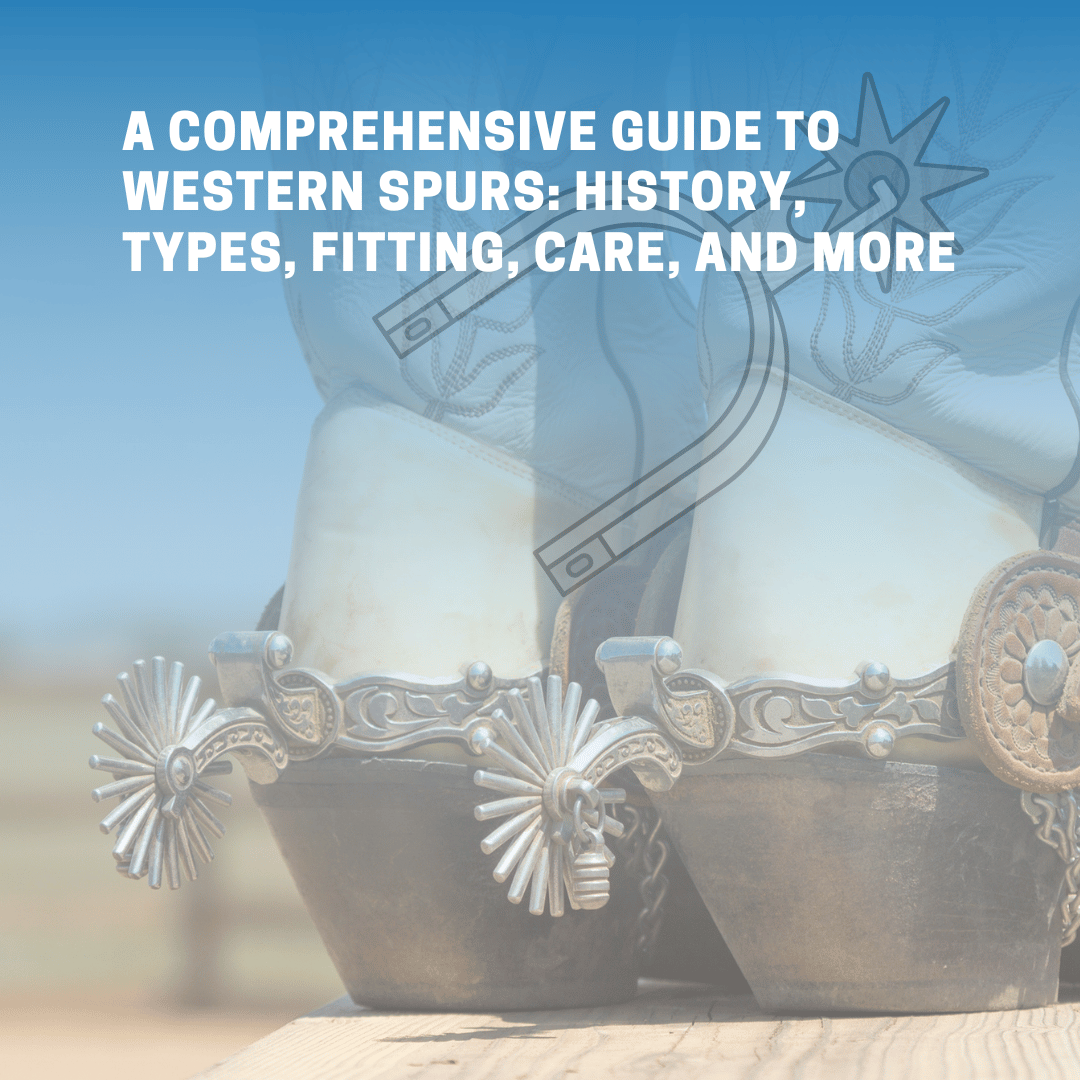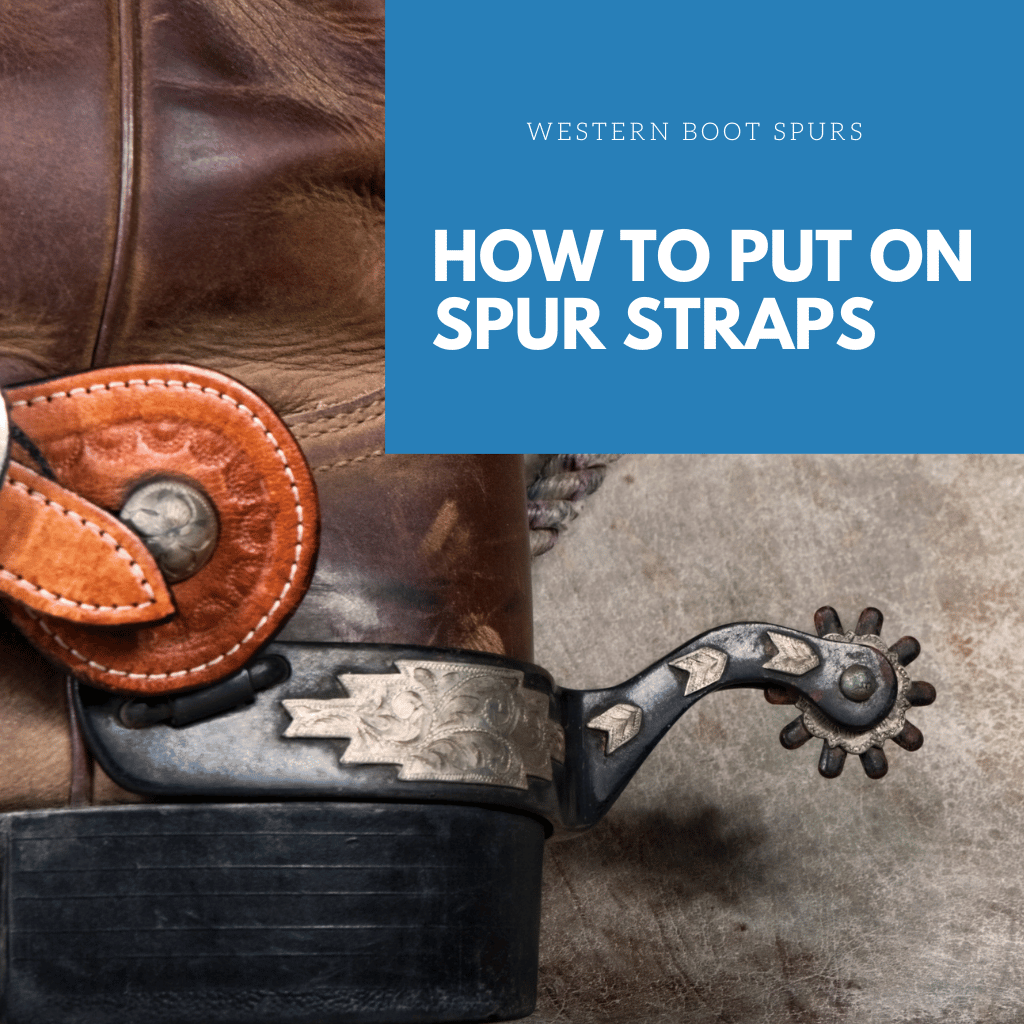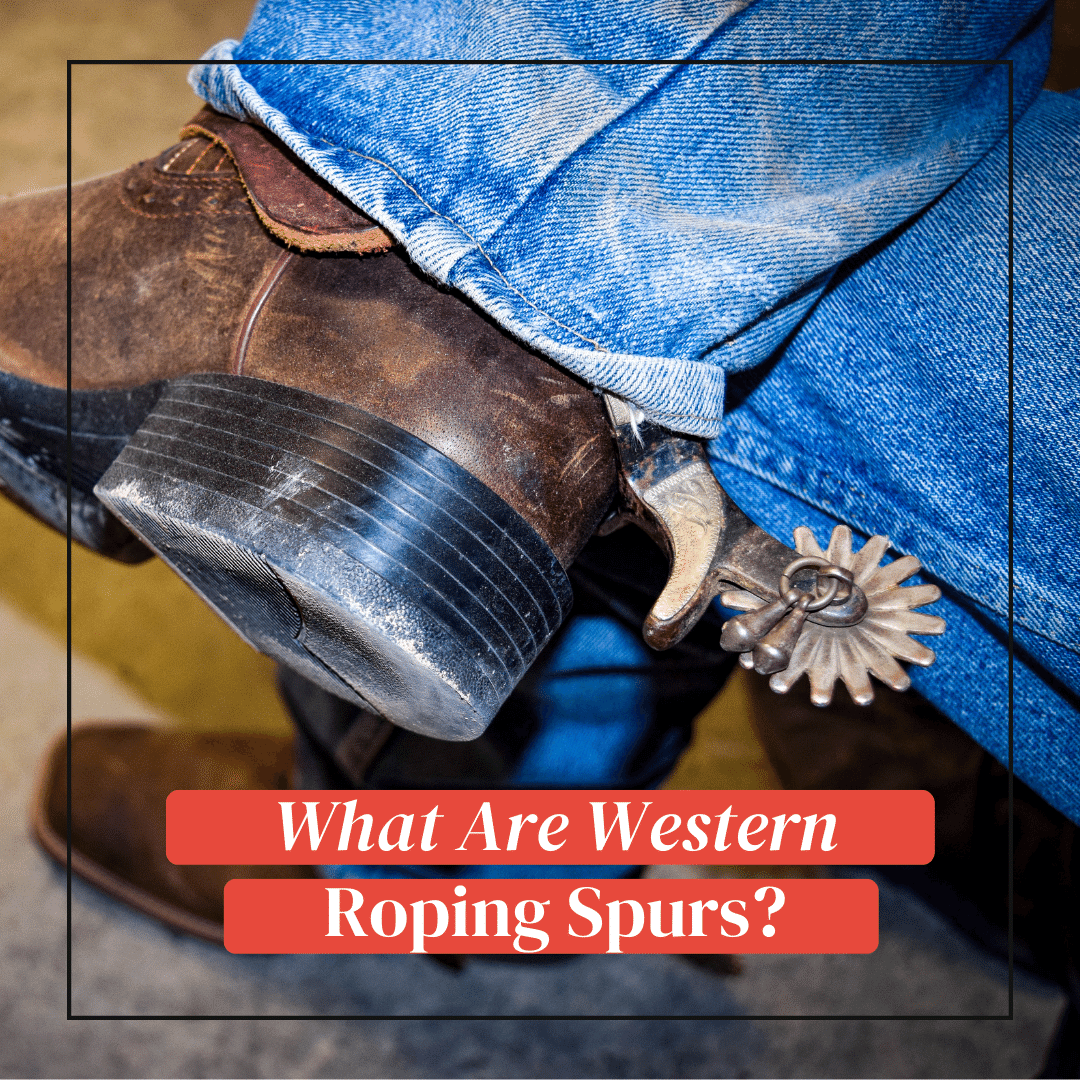Western spurs are an integral part of traditional cowboy culture and horsemanship. They are used to communicate with and guide horses, and come in a variety of shapes, sizes, and materials. In this guide, we will delve into the rich history of western spurs, explore the different types available, and provide tips on how to properly fit, care for, and use them.
The History of Western Spurs
Western spurs have a long and storied history, dating back to ancient civilizations where they were used as tools for warfare and horsemanship. In the American West, spurs were used by cowboys and other mounted workers to communicate with and guide their horses during cattle drives and other tasks.
Over time, western spurs have evolved and taken on different forms and features. Early spurs were simple and functional, with a single rowel (the rotating disc on the end of the spur) and a straight or slightly curved shank (the stem of the spur). Later, more decorative and complex spurs became popular, with multiple rowels, intricate engravings, and other embellishments.
Today, western spurs come in a wide range of styles, from simple and utilitarian to highly ornate and decorative. They can be made from various materials, including metal, leather, and plastic, and come in different sizes to fit different riders and horses.
The Different Types of Western Spurs and Their Unique Features
Western spurs are used to communicate with and guide horses, and come in a variety of shapes, sizes, and materials. They are divided into men's, women's, and children's sizes according to the width of the heel of the rider's boot, and are further divided by the length of the neck.
There are many different types of western spurs available, each with its own unique features and uses. Here are a few of the most common types:
-
Rowel spurs: These spurs have a single rowel at the end of the shank and are the most basic type of western spur. They are often used by beginners and are great for basic communication with the horse.
-
Shank spurs: Shank spurs have a longer, curved shank that extends further down the rider's boot. They are often used to provide more leverage and are popular with roping and cutting riders.
-
Spur straps: Spur straps are used to attach the spurs to the rider's boots and come in a variety of styles and materials. Some have a simple buckle, while others have more decorative elements.
-
Jinglebobs: Jinglebobs are small bells that hang from the shank of the spur. They were originally used to alert cattle to the presence of the rider, but are now more commonly used for decorative purposes.
Black Steel Jingle Bob Western Spurs For Sale
- Round end spurs have a metal ball at the end, making them milder.
- Knob end spurs have a squared off, blunted end.
Stainless Steel Blunt End Western Spur For Sale
- Prince of Wales spurs have a flat end, making them slightly sharper.
- Bumper Spurs are designed with a blunt bumper on the back of the heel band, which helps to prevent the spur from digging into the horse's skin. You can also have added rowels on the bumper to increase effectiveness.
- Roweled spurs have a spinning toothed wheel at the end.
Midnight Blue Silver Rock Grinder Spurs
- Disc spurs have a small rowel-like rolling disc without teeth, popular in dressage.
- Roller spurs have a plastic roller at the end, reducing spur-rubs on sensitive horses.
Roller Ball Spur - Ladies Size Stainless Steel With Engraved Silver #257606Q Showman
- Goose neck spurs have a neck that goes upward at an angle before turning downwards which allows for more leverage during riding.
Black Steel Western Gooseneck Spurs For Sale
- Swan neck spurs have a neck that goes upward at an angle before leveling off.
Stainless Steel Swan Neck Spurs For Sale
- Waterford spurs have a large, round metal ball at the end, making them softer and less likely to cause spur rubs.
- Show spurs are decorated on both sides with precious metals, images, and designs.
Stainless Steel Mens Show Spurs
How to Properly Fit Western Spurs for Comfort and Effectiveness
Properly fitting western spurs is essential for both the comfort of the rider and the effectiveness of the spurs. Here are a few tips for fitting western spurs:
-
Choose the right size: Western spurs come in different sizes to fit different riders and boots. It's important to choose a size that fits snugly and securely, without rubbing or sliding.
-
Adjust the spur straps: The spur straps should be adjusted to fit snugly around the boot, without being too tight or too loose.
-
Position the spurs correctly: The spurs should be positioned so that the rowel lightly touches the horse's sides, without digging in or sliding off.
The Different Materials Used to Make Western Spurs
Western spurs are often made from metal, leather, or plastic, each with its own unique properties and benefits. Here is a closer look at the different materials used to make western spurs, along with their pros and cons:
-
Metal: Metal spurs are the most traditional and durable type of western spurs. They can be made from a variety of metals, including steel, brass, and aluminum, and are often more ornate and decorative than other types of spurs. The main advantage of metal spurs is their durability and longevity, as they can withstand heavy use and are resistant to wear and tear. However, they can be heavy and may be less comfortable for some riders.
-
Leather: Leather spurs are a more flexible and comfortable option than metal spurs. They are often used by riders who prefer a softer, gentler touch with their horses. Leather spurs are also more adjustable than metal spurs, as they can be easily molded and shaped to fit the rider's boots and preferences. However, they are not as durable as metal spurs and may require more maintenance to keep them in good condition.
-
Plastic: Plastic spurs are a lightweight and affordable option for riders who want a basic, functional spur. They are often used by beginners or riders who do not need a lot of leverage or communication with their horses. The main advantage of plastic spurs is their low cost and ease of use, but they are not as durable as metal or leather spurs and may not last as long.
Tips for Selecting the Best Western Spurs for Your Needs and Riding Style
When selecting western spurs, it's important to consider your own needs and preferences, as well as the needs of your horse. Here are a few tips to help you choose the best western spurs for your needs:
-
Determine your needs: Are you a beginner or an experienced rider? Do you need a lot of leverage and communication with your horse, or just a gentle touch? Answering these questions will help you narrow down your options and select the best spurs for your needs.
-
Consider your riding style: Different spurs are better suited for different riding styles. For example, rowel spurs are best for basic communication, while shank spurs are better for providing leverage. Consider your own riding style and what type of spur will work best for you.
-
Consider the material: As mentioned above, western spurs are made from a variety of materials, each with its own advantages and disadvantages. Think about what material will work best for you based on your needs and preferences.
-
Choose the right size: As mentioned earlier, it's important to choose the right size spur to ensure a comfortable and secure fit. Be sure to measure your boots and try on different sizes to find the best fit.
How to Care for and Maintain Your Western Spurs to Keep Them in Top Condition
Proper care and maintenance of your western spurs is essential to keep them in top condition and ensure they last for years to come. Here are a few tips for caring for your western spurs:
-
Clean and polish regularly: Wipe down your spurs with a clean cloth after each use to remove dirt and sweat. Then, use a metal polish or leather conditioner to keep them looking shiny and new.
Connoisseurs® Silver Wipes™ For Sale
-
Store them properly: When not in use, store your western spurs in a dry, protected place to prevent rust and damage. If you have leather spurs, consider using a leather conditioner to prevent cracking and drying out.
-
Repair any damage: If your spurs become damaged or broken, have them repaired as soon as possible to prevent further damage and ensure they

